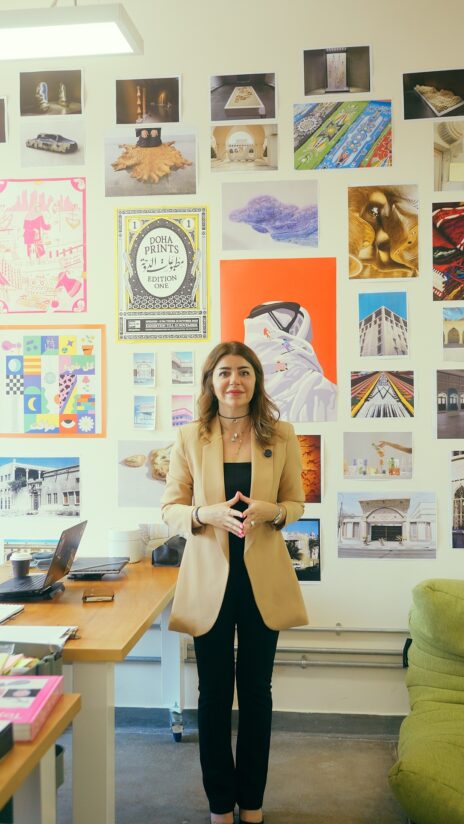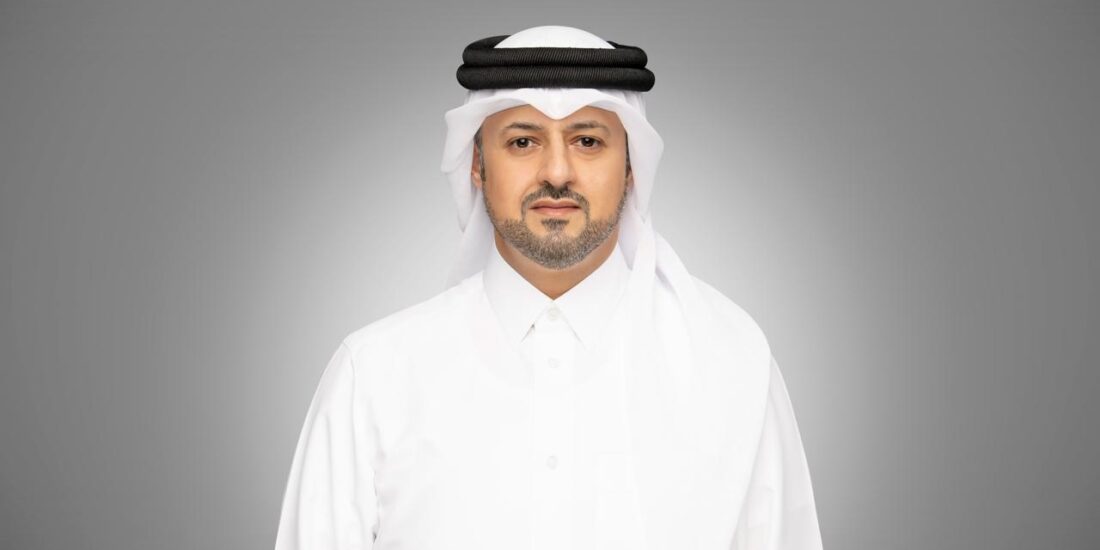Designing with Purpose: The Vision Behind the Design Doha Prize
SCALE speaks with Lama Ghalayini, Prize and Program Specialist, Design Doha 2026, to understand the vision, the depth, and the impact of the Design Doha Prize as it evolves into its second edition in 2026 with the deadline for call of designers culminating on August 31, 2025.
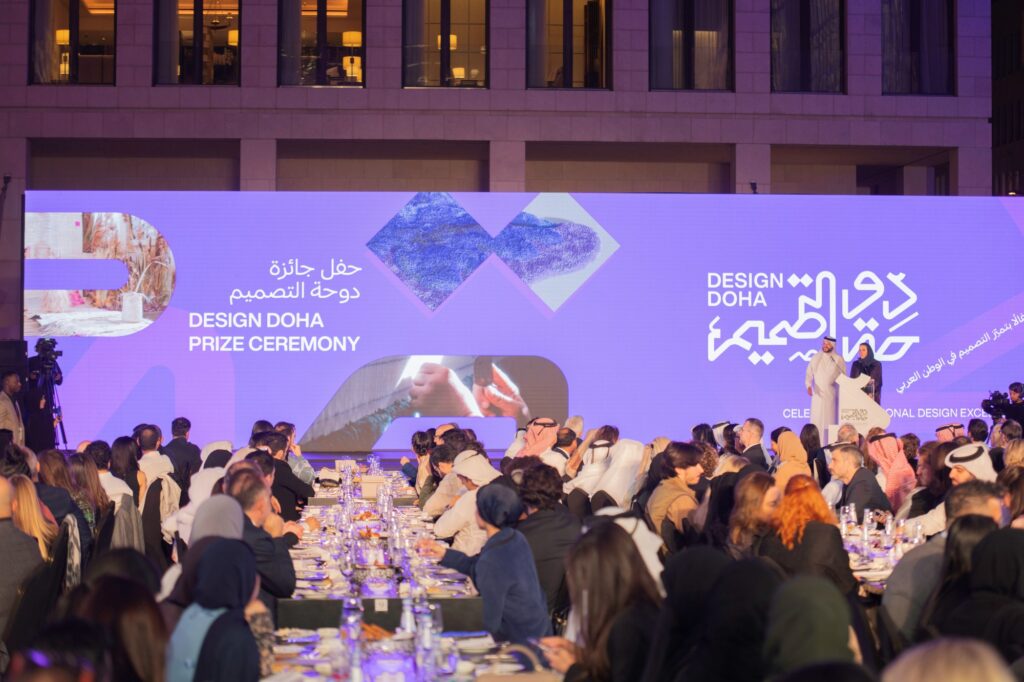
Design Doha 2024 Prize Ceremony by QC2
“The Design Doha Prize is something I have poured my heart into; it’s more than just a programme, it’s a project I’m deeply nurturing and growing with intention,” says Lama Ghalayini, the Prize and Program Specialist, Design Doha 2026.
With such enthusiasm and support from the nurturers of the Design Doha Prize, it is indisputable that the intent will accelerate the vision behind this initiative, which is to create a long-term and meaningful ecosystem for the design industry.
As Qatar carves out a distinct space for itself on the global cultural map, one of the initiatives leading the charge is the Design Doha Prize, a biennial award that honours design excellence across the MENASA region. At its core, the Design Doha Prize aims not just to recognize outstanding designers but to create long-term, meaningful pathways for emerging and established creatives to thrive.
SCALE speaks to Lama Ghalayini, one of the passionate forces behind the Prize, to understand the vision, the depth, and the impact of this platform as it evolves into its second edition in 2026.
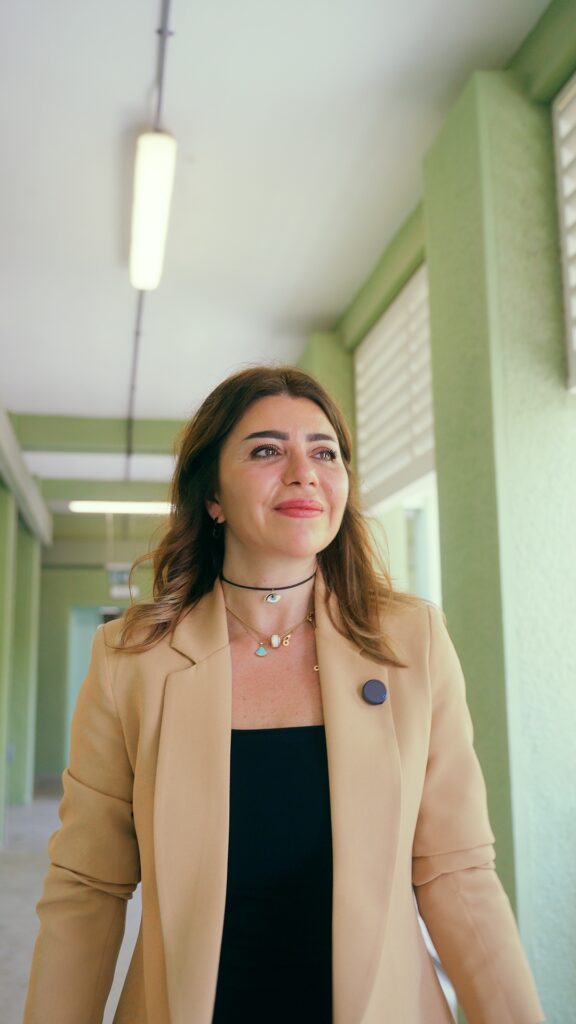
Lama Ghalayini, Prize and Program Specialist, Design Doha 2026
Lama Ghalayini comes from a strong design background, and she has always been drawn to the intersection of material, space, and storytelling. She says, “Having worked closely with materials like stone and being involved in the making process, I developed a deep respect for craft and detail, and I carry that sensibility with me.”
The Design Doha Prize initiates Lama’s imaginative senses and makes this a passion project for her and her hard-working team, who work within the walls of Liwan, a building that fans cultural creatives.
“Design Doha pushes me to think beyond execution, to think about design as culture, as dialogue, and as a driver of regional identity. The Design Doha Prize is an extension of that. It’s not just about what we design, but how and why,” says Lama with strong conviction.
The Five Things Designers Need to Know About the Design Doha Prize 2026
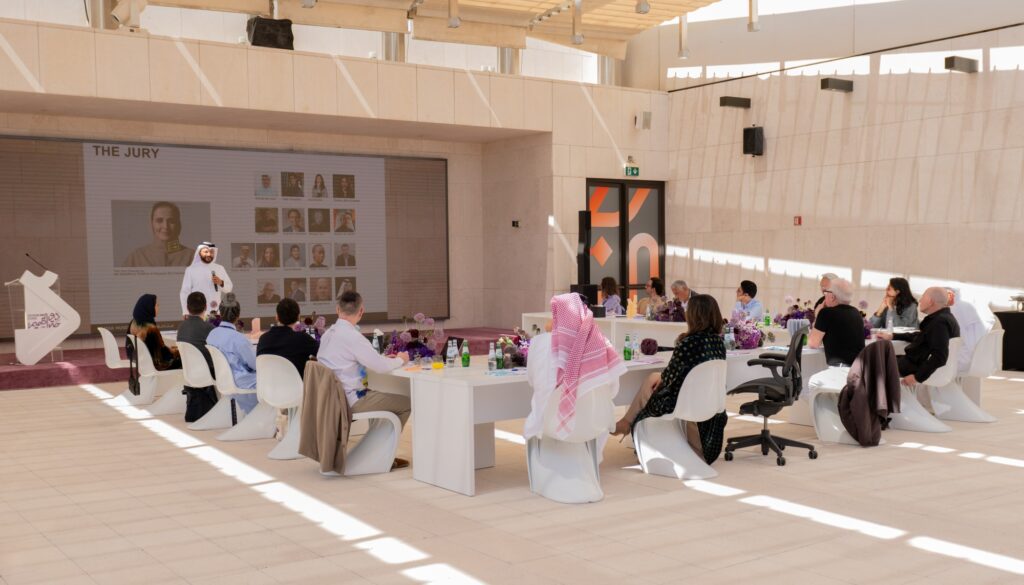
Design Doha 2024 Judging Process led by Fahad Al Obaidly, Acting Director of Design Doha.
We ask Lama more about the Design Doha Prize 2026, which is shaping new conversations around design across the region and beyond. She tells us the five most important things a designer should know about the Prize:
“One: The Design Doha Prize champions designers across the Middle East, North Africa, and South Asia (MENASA) region. This is a larger spectrum that we are focusing on this year, and we hope that designers make the most of the call and come forward.
“Two: It is research-driven. The Design Doha Prize is not just about the finished work; it values process, context, content, quality, and experimentation. And that makes it truly special.
“Three: It focuses on diverse fields of design, from Craft, Product Design, and Furniture Design, with a special focus on Emerging Talent.”
“Central to Design Doha’s ethos is the vitality of heritage; we show how it can be used as a foundation for future-facing innovation. Prize winners in Craft will have a deep engagement with traditional and innovative techniques (e.g. weaving, ceramics, glass, metalwork, stone carving, etc.) and a vision for ensuring their ongoing relevance,” stresses Lama.
“As part of Design Doha’s commitment to providing a platform to designers, we seek to recognize Emerging Talent from Qatar and the MENASA region. Prize winners in this category will be two years or fewer into their career, while showing promise for outstanding future development and leadership in the field.”
“Four: The Design Doha Prize is all about visibility. Winners and finalists gain international recognition and will be featured in the best design publications of the world,” adds Lama.
“And Five: The Design Doha Prize is a catalyst. It is quite financially rewarding with a grant of 200,000 QAR, and it activates the regional design ecosystem.
“What excites me most is that the Prize isn’t just about recognition, it’s about creating opportunities. It celebrates designers who are deeply rooted in their context yet looking forward, experimenting, questioning, and building meaningful practices. For me, it’s about more than the object; it’s about the ideas and cultural forces behind it,” stresses Lama.
Lama says, “The Design Doha Prize is something I have poured my heart into; it’s more than just a program, it’s a project I’m deeply nurturing and growing with intention. When you lead something with passion and purpose, it’s driven by love, not just responsibility.”
This is a call for designers from MENASA to get their creative talent out and give in their applications before the deadline of August 31, 2025.
Design as Culture, Community, and Catalyst
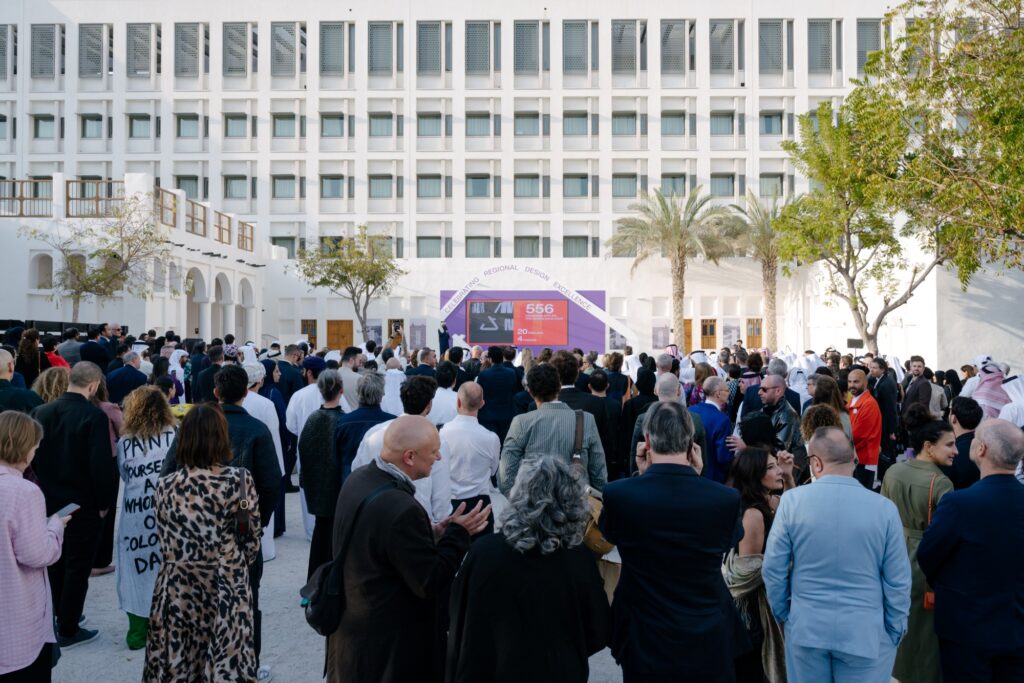
Design Doha 2024 Opening Event; Courtesy Nikita Berezhnoy
The Design Doha Prize is part of a broader ambition to shape Doha as a global hub of design innovation. Launched under the umbrella of Design Doha, a platform supported by Qatar Museums, the Prize champions regional talent. In its inaugural edition in 2024, the Prize attracted 556 applications from 22 countries, with 20 finalists and 4 winners celebrated in a grand ceremony attended by international design luminaries, curators, and collectors.
The winners of the 2024 version received a financial grant of QAR 100,000, with logistical and insurance support, media exposure via AD Middle East, and, more importantly, lifelong access to a growing design network.
For 2026, the stakes are even higher: with each category winner set to receive QAR 200,000, a mentorship program, a two-week residency, and the opportunity to have their collections retailed globally for one season.
Celebrating Heritage, Enabling Innovation
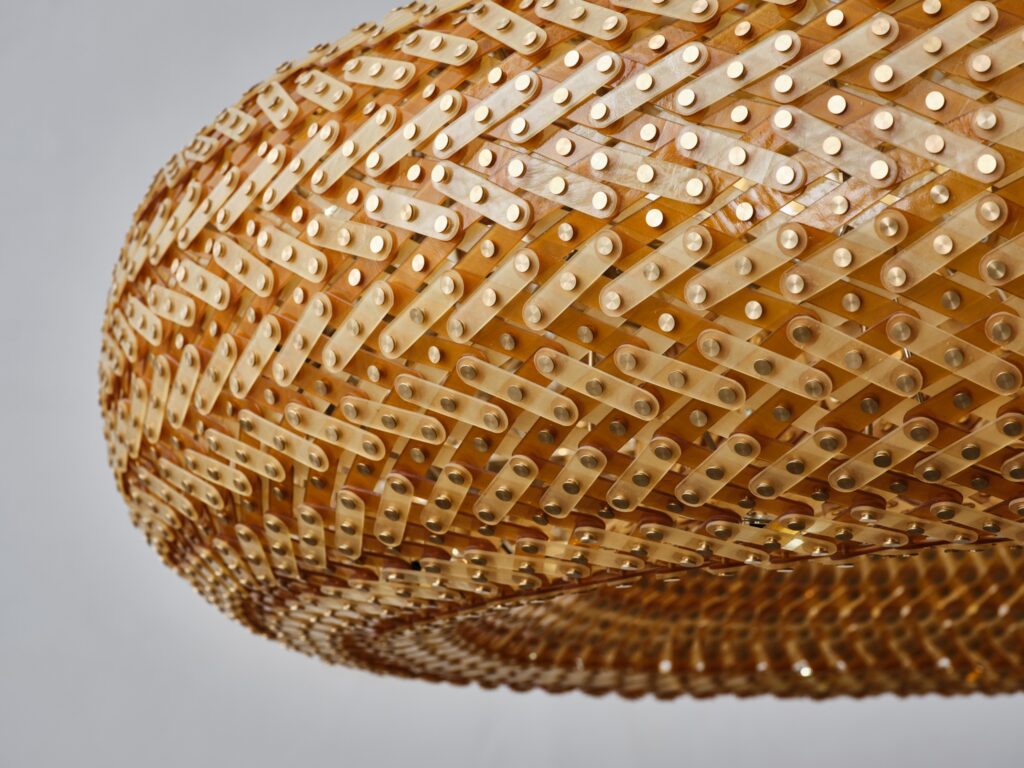
A winning product of the Design Doha Prize 2024 designed by Abeer Seikaly that exemplifies the intersection of craft, tradition and modern methodology.
What sets the Design Doha Prize apart is its nuanced understanding of design as both rooted and radical. It honours heritage while pushing toward future-facing practices. From Abeer Seikaly’s handwoven explorations in craft to contemporary interpretations of regional forms by studios like FADAA and SAYAR & GARIBEH, the Design Doha Prize affirms that the region is not only part of global design conversations, they help lead them.
The jury panels include visionaries like David Chipperfield, Karim Rashid, Frida Escobedo, Nada Debs, and Paola Antonelli, offering legitimacy, mentorship, and unmatched exposure.
Looking Ahead: Design Doha Prize 2026
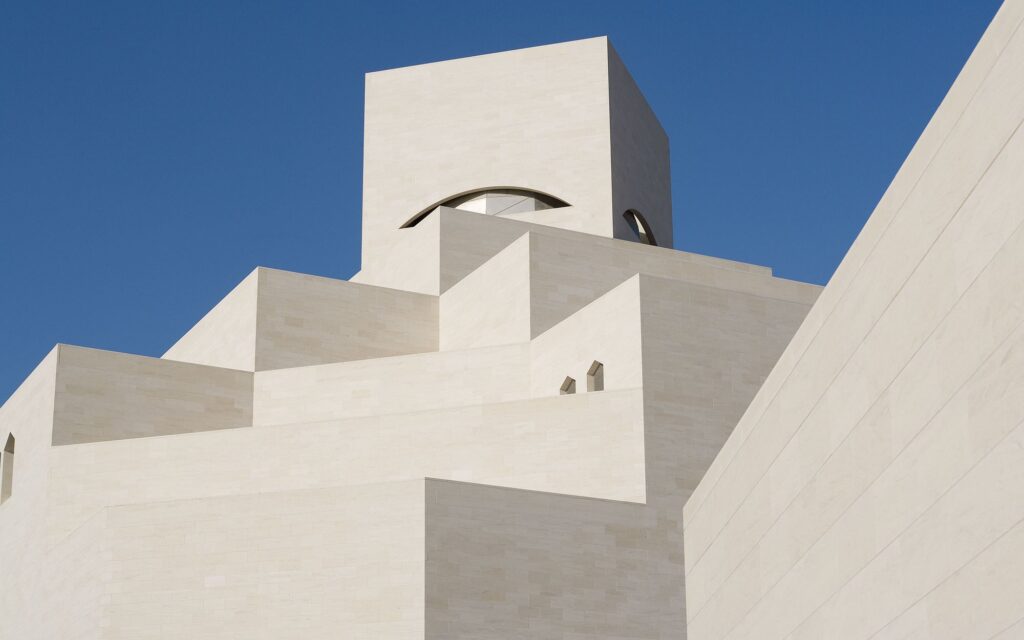
I.M.Pei designed Museum of Islamic Art in Qatar where the Design Doha Prize 2026 will be announced.
The 2026 edition will culminate at the Museum of Islamic Art on April 16,2026, where 20 finalists will showcase their work in a public judging pop-up. The winners will be selected and celebrated in a curated ceremony attended by over 300 guests, including international media, design leaders, and cultural influencers.
The Design Doha Prize is more than an award. It is a declaration—a statement that design from the MENASA region is vital, vibrant, and visionary. And at the centre of it stands individuals like Lama Ghalayini, whose unwavering commitment ensures that this platform doesn’t just exist but thrives.
“It’s not just about what we design, but how and why,” Lama reminds us. And in that lies the true power of design, when intention meets impact.

